Second chance 5 March 2011 Dates 5 Feb 2011 – 12 Mar 2011 | Final 12 March 2011 | |
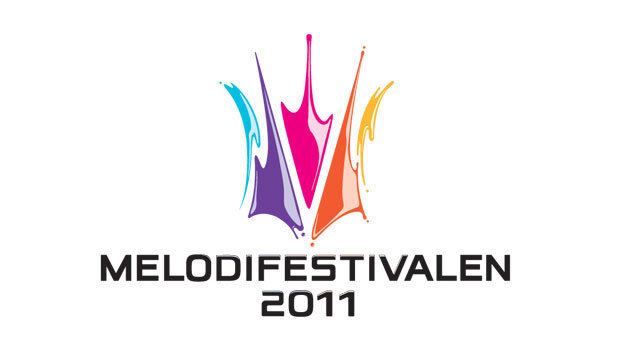 | ||
Semi-final 5 February 201112 February 201119 February 201126 February 2011 Number of entries 32: 8 in each semi-final; 10 in the final (2 from each semi-final, 2 from the Second Chance round) Other Instances Melodifestivalen 2017, Melodifestivalen 2016, Melodifestivalen 2014, Melodifestivalen 2012, Melodifestivalen 2010 | ||
The moniker oh my god melodifestivalen 2011 finalen eurovision song contest 2011
Melodifestivalen 2011 was a Swedish song contest held between February and March 2011. It selected Sweden's 51st song to represent Sweden in the Eurovision Song Contest, and was the 50th edition of Melodifestivalen. Eric Saade, with the song "Popular", won the contest and thus was selected to represent Sweden in the 2011 Eurovision Song Contest.
Contents
- The moniker oh my god melodifestivalen 2011 finalen eurovision song contest 2011
- Swingfly me and my drum melodifestivalen 2011 finalen eurovision song contest 2011
- Format
- Changes
- Entries
- Web wildcards
- Final
- Semi finals
- Semi final 1
- Semi final 2
- Semi final 3
- Semi final 4
- Second Chance
- References
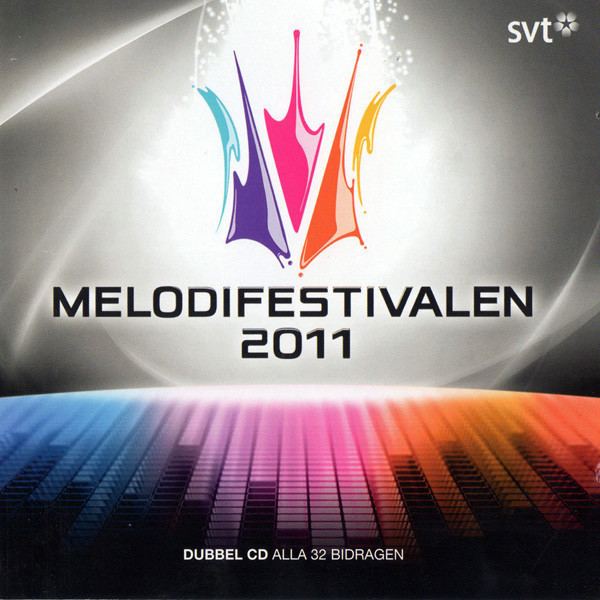
Swingfly me and my drum melodifestivalen 2011 finalen eurovision song contest 2011
Format
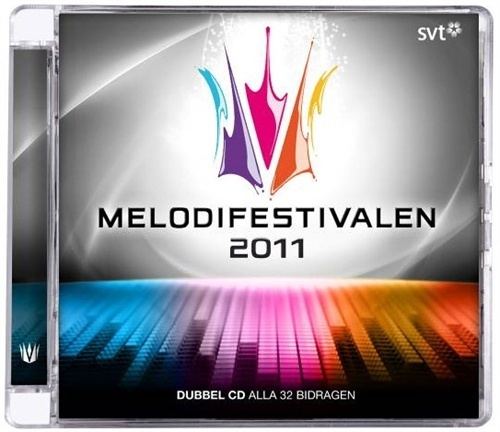
The 2011 edition of Melodifestivalen was similar to the previous year's arrangement, with four semi-finals, a second-chance round and a grand final. The four semi-finals were held in Luleå (5 February), Gothenburg (12 February), Linköping (19 February) and Malmö (26 February). The second chance round was held in Sundsvall on 5 March and the final in Stockholm was held on 12 March. SVT presented the competing songs during autumn 2010.
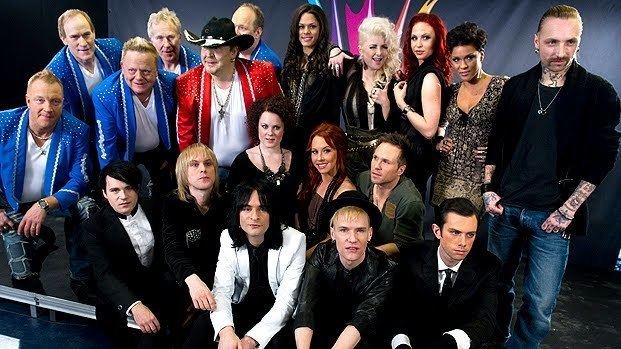
As in 2010 and 2009, a maximum of eight people were allowed on stage, while only persons of 16 years or over would be eligible. (However, in accordance with Eurovision rules, only six people were allowed on stage for the Swedish entry at Eurovision.) The main singer(s) had to perform vocals live on stage, however other backing vocals could be pre-recorded along with the song's backing track.
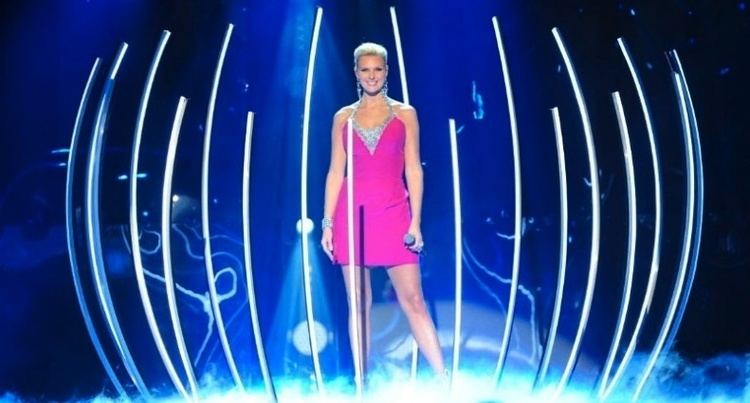
There was a large change in the way that the 32 songs were selected. In 2010, 27 songs were selected by a selection panel, 4 songs were then selected by SVT in order to diversify the musical quality of the contest and one song was then selected through a "Web wildcard" competition. Members of the public were allowed to submit songs onto the SVT website, with the public selecting one song through SMS voting. For 2011, this was changed: only 15 songs were selected by the selection panel. The remaining 15 songs were then selected by SVT, from remaining submissions made to the selection panel, or from specially invited artists and songs. The web wildcard competition was expanded; instead of just one song was chosen, the public selected two songs. The web wildcard competition began on 11 October, and ended with a live show on 8 November on SVT24, held at the Golden Hits nightclub in Stockholm.

Other changes introduced to Melodifestivalen 2011 were revealed by SVT. For the first time, non-Swedish songwriters were able to enter songs into the contest, as long as there is at least one Swedish songwriter also contributing. Solo singer-instrumentalists were now allowed to perform their instruments live during the TV broadcast.
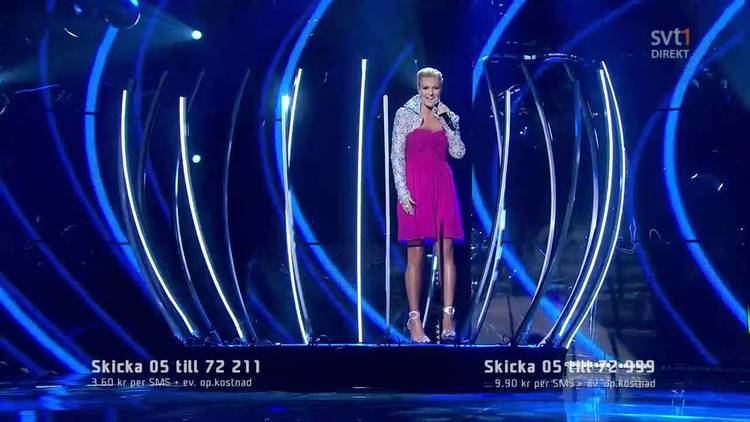
On 17 November, SVT announced Marie Serneholt and Rickard Olsson as the hosts for the semi-finals, the second chance and the final, but there was also a guest host in each program.
Changes
Reference:
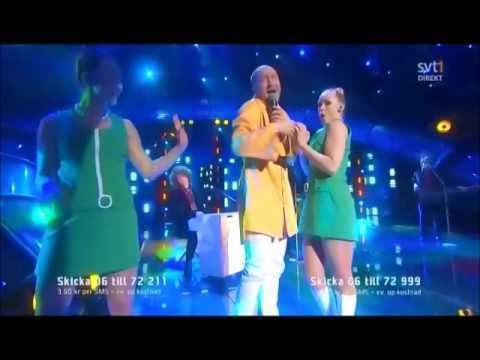
Entries
32 songs competed in Melodifestivalen 2011. 15 of them were selected from a public call for songs, in which public songwriters and artists could send in songs to SVT, until 21 September 2010. The format for the contest remained the same from last year's, the same format that was introduced in 2002. The 32 songs were presented over 4 semi-finals. A public televote was held to select two songs to progress directly to the final, with the 3rd and 4th placed songs progressing to a Second Chance (Andra Chansen) round. The eight songs in the Second Chance round battled in duels until two songs are left, which also progress to the final. In the final, the votes of the public constituted 50% of the total vote, with the remaining 50% coming from the juries.
On 22 September, SVT announced that a record number of 3852 entries have been submitted. 424 of them were submitted to the web wildcard selection.
Web wildcards
From July to November 2010 SVT held the second Melodifestivalen web wildcard contest. From 9 July to 21 September musicians with no previous music contract could submit songs to the SVT Melodifestivalen website. From 11 October the 232 submissions could be voted on by SMS voting, with only five being left to progress to the web wildcard final on 8 November.
Of the 424 entries entered into the contest, 232 were selected to compete after disqualifying those that did not meet the rules of the contest.
On 31 October the top ten songs were announced by SVT. From 1 November one song was eliminated every day, leaving five songs on 5 November. The final two winners were announced on 8 November in a live TV final on SVT24. The eliminated songs in the top 10 were:
Final
The two winners of the web wildcard contest were decided on 8 November at the Golden Hits nightclub in Stockholm, hosted by Henric von Zweibergk, floor manager of Melodifestivalen. Televoting and SMS voting decided the final winner, which was announced by executive producter Christer Björkman.
Semi-finals
The four semi-finals were, for this edition, held in Luleå, Gothenburg, Linköping and Malmö. The jury, which chose the fifteen songs of the over 3000 submissions, were selected at the end of September 2010. SVT's fifteen wild cards and the jury's choice has and will be revealed before the end of November 2010. The two web wildcards were chosen by viewers on 8 November 2010.
SVT announced the first four songs on 7 October, which featured the return of three-time competitor Linda Bengtzing. A further eight songs were announced on 19 October, with Sanna Neilsen and Danny returning. The 13th song in Melodifestivalen 2011 was revealed on 1 November: Lars-Åke Wilhelmsson, aka Babsan, will compete with "Ge mig en spanjor", and on 3 November SVT revealed that Nicke Borg will also compete in the contest with the song "Leaving Home".
On 7 November it was revealed by Expressen that former Eurovision Song Contest winner Elisabeth Andreassen would make a return to Melodifestivalen in 2011. Andreassen won the 1985 Eurovision for Norway as part of Bobbysocks!, and also took part in 1994 (with Jan Werner Danielsen). She also competed for Norway in 1996, and in 1982 for Sweden (as part of Chips). On 8 November SVT confirmed that Andreassen would make a comeback to Melodifestivalen, and will take part with the song "Vaken i en dröm". Also on 8 November the web wildcard contest ended with a live TV final on SVT24. Julia Alvgard and Jonas Matsson won after the public televote with the songs "Better or Worse" and "On My Own".
On 22 November, a further six entries were revealed by SVT. However, during this press conference SVT revealed the entries that would compete in the first two semi-finals. The remaining entries were announced on a press conferences on 29 November, which featured the return of Shirley Clamp and Eric Saade. However, on 27 November, Christer Björkman revealed the Swedish dance band The Playtones would participate in Melodifestivalen 2011 with the song "The King". The song "Don't Stop" was disqualified because it has been published on Chasez MySpace. However, SVT told the songwriters and the artist Andreas Fernette to write a new song. On 10 December, SVT announced Fernette's new song "Run".
On 5 January 2011, SVT revealed Love Generation's song "Dance Alone" and the running order for each semi-final.
SVT announced that this years Melodifestivalen would have the same rules in the semi-finals as there were in Melodifestivalen 2010. This means that the song which receiving the most votes in the first round would automatically qualify to the final, skipping the second round. The remaining top four would battle again for a place in the final and Andra Chansen round - the 2nd placed song qualifying to the final, the 3rd and 4th placed songs progressing to Andra Chansen, and the song places fifth will be eliminated from the competition. However, SVT will not announce the vote result for each song until the final has been broadcast.
Semi-final 1
The first semi-final was held on 5 February 2011 in Coop Norrbotten Arena, Luleå. The songs are in running order.
Semi-final 2
The second semi-final was held on 12 February 2011 in Scandinavium, Gothenburg. The songs are in running order.
Semi-final 3
The third semi-final was held on 19 February 2011 in Cloetta Center, Linköping. The songs are in running order.
Semi-final 4
The fourth semi-final was held on 26 February 2011 in Malmö Arena, Malmö. The songs are in running order.
Second Chance
The Andra Chansen (Second Chance) round was held on 5 March in Nordichallen, Sundsvall. Eight acts qualified for this round from the semi-finals - the songs that placed 3rd and 4th. A duel format was used, with each song battling against another in order to remain in the contest and qualify for the final on 12 March.
During the show, the on-screen graphics displayed the wrong phone numbers on the Radiohjälpen number during Duels 1, 2 and 3. SVT discounted all the votes to the Radiohjälpen number in these duels to declare the winning artist.
Final
The final of Melodifestivalen 2011 was held on 12 March 2011 at the Globe Arena in Stockholm. The two winners from each of the four semi-finals and the two Second chance winners qualified for the final, A total of 10 songs. The winner was decided by a mix of televoting/SMS voting and jury voting.
On 17 December 2010, Swedish newspaper Expressen announced that SVT planned to change the voting system in the Melodifestivalen Final. On 10 January 2011, SVT gave details about that. The value of the votes was 946 points, which meant that tele-votes and jury-votes represent 50/50 each. If an entry is getting 10% of the tele-votes, it would be equivalent to 47 points.
The Swedish jury groups were replaced by eleven international groups. Each jury group gave their points as follows: 1, 2, 4, 6, 8, 10 and 12 points. If two songs end up at the same position, the people’s votes would overrule the jury-votes. The running order for the Final was made immediately after the Second Chance round.
